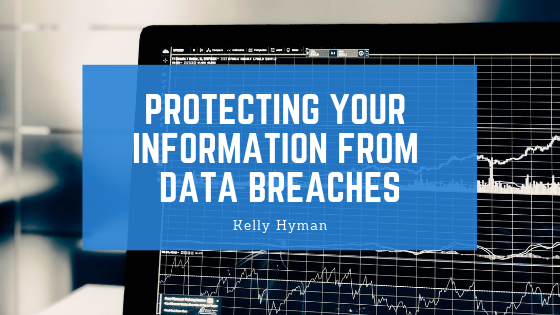2018 was a huge year for security breaches. Entering 2019, we know that securing our personal information is important, and it’s time to learn new ways to protect that information online from data breaches. Here are some tips to get you started.
Use Strong Passwords
The first step in protecting your data from security breaches is, of course, regarding your passwords. The most important thing you can do is create an incredibly strong password that includes long passwords consisting of lower-case letters, upper-case letters, numbers, punctuation, and special characters. Utilizing all six of these entities will help build a stronger password.
It’s also important to switch up your password for every site you use. While this may be difficult, if you use the same password across all your properties, then potential hackers will only need one to uproot your entire life.
Enable Secondary Authentication
While having a long, intricate password is a great start, it’s not necessarily enough to keep you fully protected. Many financial and other important sites allow the user to enable additional authentication requirements. These can range anywhere from a 4-digit pin you enter after your password, or can even be a text-security feature that sends you a code that must be entered before logging on. Whatever the two-factor authentication may be, they are all built to further protect your information and should be utilized.
Pay Attention To Pop Up Prompts
Another helpful way to secure your information is by paying closer attention to any pop-up prompts, especially if you are using a smartphone. When you download an app for the first time, you will likely receive a prompt asking if you want to share location, allow notifications, etc. These are very important! Before just randomly choosing an answer, make sure you know what you are actually agreeing to first, and use your best judgment when downloading third-party apps.
These three steps can help you further protect your information. In 2019, it’s important to be aware and wary of what websites, apps, programs, etc., you are using, and how you may be using them. If you want to cut out any potential security breaches, cutting down on the amount of potential risk you welcome is a necessary step.
